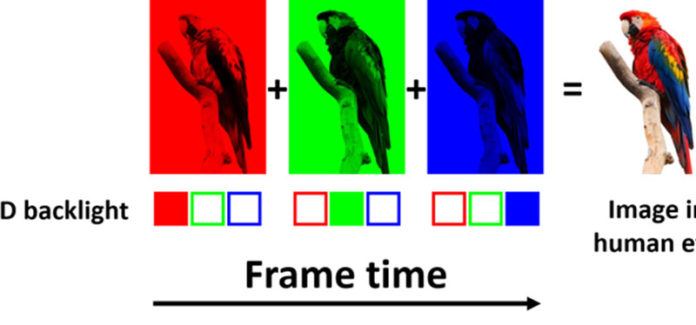The liquid crystal in TVs or computer display generates its picture in an entirely different way. In those displays, the pixels get switched on or off electronically using liquid crystals. To make some enhancement in displays, scientists have created a new blue-phase liquid crystal.
This novel crystal will pack more pixels into the same space while also reducing the power needed to run the device. It is optimized for field-sequential color liquid crystal displays (LCDs) technology.
This new technology has a resolution density of 1500 pixels per inch. In addition, it achieves high resolution in small screens. That means, it will prove as attractive for virtual reality headsets and augmented reality technology.
If this new liquid crystal added in special performance-enhancing electrode structure, it can achieve the light transmittance of 74 percent. The operation voltage of this will 15 volts per pixel.
Author Yuge Huang said, “Field-sequential color displays can be used to achieve the smaller pixels needed to increase resolution density. This is important because the resolution density of today’s technology is almost at its limit.”
This new blue-phase liquid crystal works 10 times faster than nematic liquid crystal. It also can be switched or controlled so that human eyes integrate with red, green and blue to form white. And its slow response time allows each color to be sent through the liquid crystal at different times by removing the need for color filters. Thus, it triples the optical efficiency.
Research lead Shin-Tson Wu said, “With blue-phase liquid crystal we can use one subpixel to make all three colors at different times. This converts space into time. It is a space-saving configuration of two-thirds, which triples the resolution density.”
Scientists also implemented a protruded electrode structure in it. The structure allows the electric field to introduce the liquid crystal more deeply. It eliminates the voltage requirement that to drive each pixel while maintaining a high light transmittance.
A doctoral student Haiwei Chen said, “The insertion of blue-phase liquid crystal with the protruded electron structure is feasible. Our next step is for industry to combine them into a working prototype.”
According to scientists, the prototype of this technology will available in the market by next year.
